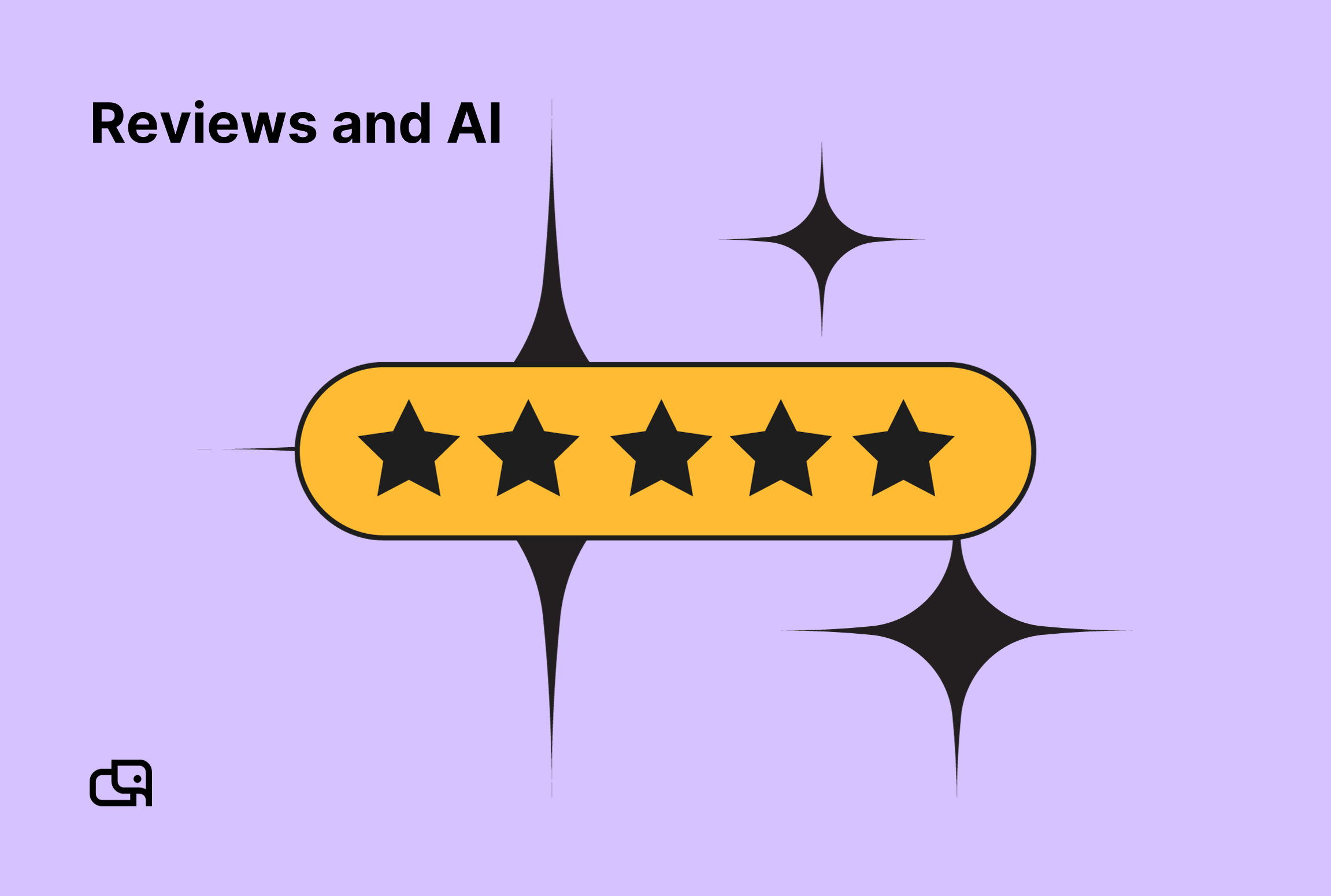How To Analyze Slack Customer Reviews With AI?

In the digital age, customer feedback is a gold mine of insights for businesses. With platforms like Slack, customers are constantly sharing their experiences, opinions, and suggestions. But how can businesses effectively analyze this vast amount of data? Enter Artificial Intelligence (AI). AI can sift through thousands of reviews in minutes, identifying patterns and trends that would take humans hours, if not days, to uncover.
Understanding the Power of AI
AI is a game-changer in data analysis. It can process large amounts of data quickly and accurately, making it an invaluable tool for businesses. According to a report by McKinsey, AI can increase business productivity by up to 40%.
But AI isn't just about speed and efficiency. It's also about depth. AI algorithms can delve into the nuances of language, picking up on subtle cues that humans might miss. For example, a customer might not explicitly say they're unhappy, but their choice of words could indicate dissatisfaction. AI can pick up on these cues, providing a more comprehensive analysis of customer sentiment.
How AI Can Analyze Slack Reviews
So, how does AI analyze Slack customer reviews? It uses a combination of Natural Language Processing (NLP) and Machine Learning (ML). NLP allows the AI to understand human language, while ML enables it to learn from the data it processes, improving its analysis over time.
Let's break this down further:
Natural Language Processing (NLP)
NLP is a branch of AI that focuses on the interaction between computers and humans through language. It allows machines to understand, interpret, and generate human language in a way that is both meaningful and useful.
In the context of Slack reviews, NLP can help identify key themes and sentiments. For example, if a customer uses words like "frustrating" or "disappointing", the AI can flag this as negative sentiment. On the other hand, words like "great" or "excellent" would indicate positive sentiment.
Machine Learning (ML)
Machine Learning, another subset of AI, involves the use of algorithms that can learn and improve from experience. In other words, the more data the AI processes, the better it gets at analyzing it.
With Slack reviews, ML can help identify patterns and trends. For example, if multiple customers mention issues with a specific feature, the AI can highlight this as a potential area for improvement.
Implementing AI Analysis
Now that we understand how AI can analyze Slack reviews, let's look at how to implement it. The process involves several steps:
- Collecting the data
- Preprocessing the data
- Training the AI
- Analyzing the data
- Interpreting the results
Each of these steps is crucial for effective AI analysis. Let's delve into each one:
Collecting the Data
The first step is to collect the Slack reviews. This can be done manually, but it's more efficient to use an API (Application Programming Interface). Slack provides an API that allows you to retrieve customer reviews.
It's important to collect a diverse range of reviews. This will ensure the AI has a comprehensive dataset to learn from, leading to more accurate analysis.
Preprocessing the Data
Once the data is collected, it needs to be preprocessed. This involves cleaning the data (removing irrelevant information), normalizing it (making sure it's in a format the AI can understand), and segmenting it (dividing it into manageable chunks).
Preprocessing is crucial for effective AI analysis. According to IBM, poor data quality can cost businesses up to $3.1 trillion a year, highlighting the importance of this step.
Training the AI
With the data preprocessed, it's time to train the AI. This involves feeding the AI the preprocessed data, allowing it to learn from it. The AI uses this data to build a model, which it will then use to analyze new data.
Training the AI is an iterative process. The more data the AI is fed, the better its model will become. This is where the power of ML comes into play.
Analyzing the Data
Once the AI is trained, it can start analyzing the Slack reviews. It uses the model it built during training to identify key themes, sentiments, and trends. This analysis can be visualized in a variety of ways, such as word clouds, bar charts, and heat maps.
The speed and accuracy of AI analysis are what make it so valuable. According to a study by Accenture, AI can increase business productivity by up to 40%.
Interpreting the Results
The final step is to interpret the results. This involves understanding what the AI's analysis means for your business. For example, if the AI identifies a trend of negative sentiment towards a specific feature, this could indicate a need for improvement in that area.
Interpreting the results requires a deep understanding of your business and your customers. It's not enough to simply know what the AI is saying; you need to understand what it means for your business.
Conclusion
AI analysis of Slack customer reviews can provide invaluable insights for businesses. It can identify trends and sentiments that would be difficult, if not impossible, to uncover manually. By implementing AI analysis, businesses can gain a deeper understanding of their customers, leading to improved products and services.
As we move further into the digital age, the importance of AI in data analysis will only continue to grow. Businesses that fail to embrace AI risk being left behind. So, why wait? Start analyzing your Slack reviews with AI today!


.png)
